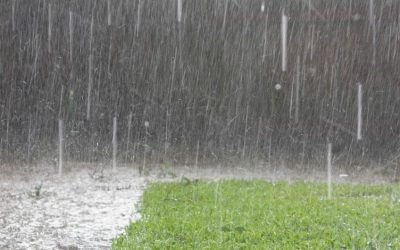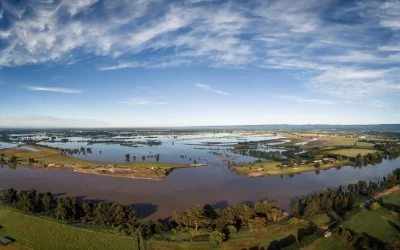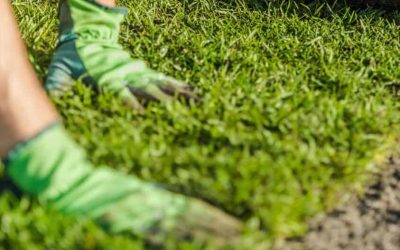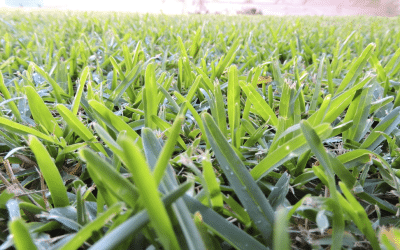Giving Your Lawn the Soil it Needs
Lawn maintenance isn’t just about the grass itself; it includes the lawn soil too. The right lawn soil will provide your lawn with a strong foundation for healthy growth. So, what is the right soil for your lawn and how can you renovate your current soil?
Choosing the right soil for new lawns
There are 3 main types of soil; sandy, loam and clay soils. Other types of soils tend to be a mixture of these types, such as a sandy loam or clay loam. For most varieties of warm-season grasses, a loam or sandy loam will be the best type of soil for your lawn.
When you’re installing a new lawn, you’ll ideally want between 100mm – 150mm of good lawn soil. This will give your new lawn the best chance to establish and grow quickly. If you’re looking to add some soil to level out your yard or you are replacing a clay soil, request a soil mix with:
- Sandy soil, with a touch of clay mixed in to help it form a base.
- Heavier soil, which will hold moisture and allow for water movement.
- Some composted material which contains natural nutrients and will help keep the soil at the right pH level.
With the right soil for your new lawn, it’s roots will establish quicker and it’ll better withstand drought and frost.
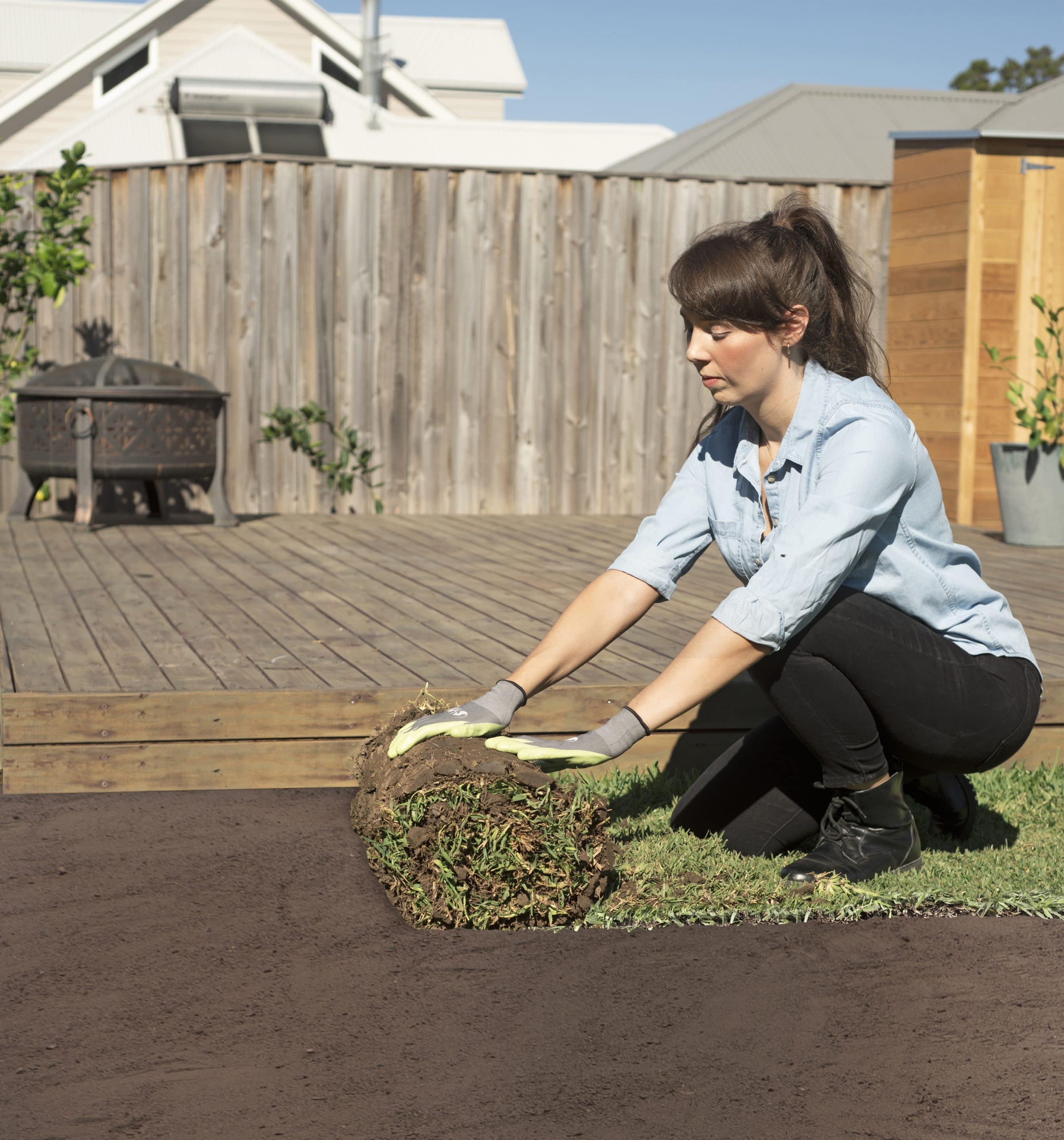
Renovating your existing lawn soil
With an already established lawn, it’s slightly harder to replace your existing soil without harming your lawn. However, there are things you can do if your lawn is too hard or if it doesn’t have the optimum pH level for your grass variety.
How to soften your soil
If your ground is too hard, it’s likely because the soil has become compacted. This could be due to high foot traffic or because the soil type isn’t optimum for a lawn. There are a couple of things you can do to soften your lawn soil.
If your soil is compacted, it will limit the amount of water and air that can flow through, providing important nutrients to your lawn. The best way to treat a compacted soil is to aerate it. Depending on the size of your lawn, you may wish to use aerating sandals or, for larger lawns, a coring machine. The best time to aerate your lawn is mid-spring as you’ll minimise the stress on your lawn.
If the compaction in your soil is because it’s mostly clay or heavy soil, you can add some gypsum to help relieve this. After aerating your lawn, spread 1-2kg of gypsum per square metre and rake it in. If you haven’t aerated first, just ensure that you thoroughly water the gypsum in after application.
When to topdress your lawn
Topdressing your lawn will not only help to even out your ground level and bare patches, but it allows you to adjust your lawn soil mixture and promote healthier growth.
You should always topdress your lawn during peak growth season. Typically, this will be from mid-spring through to summer. Before topdressing, you should mow your lawn, aerate and then spread the topdressing mix over the desired area. Then, level it out with a rake or broom ensuring that the grass tips are still exposed. As a rule of thumb, you should never topdress more than 1cm in a single application.
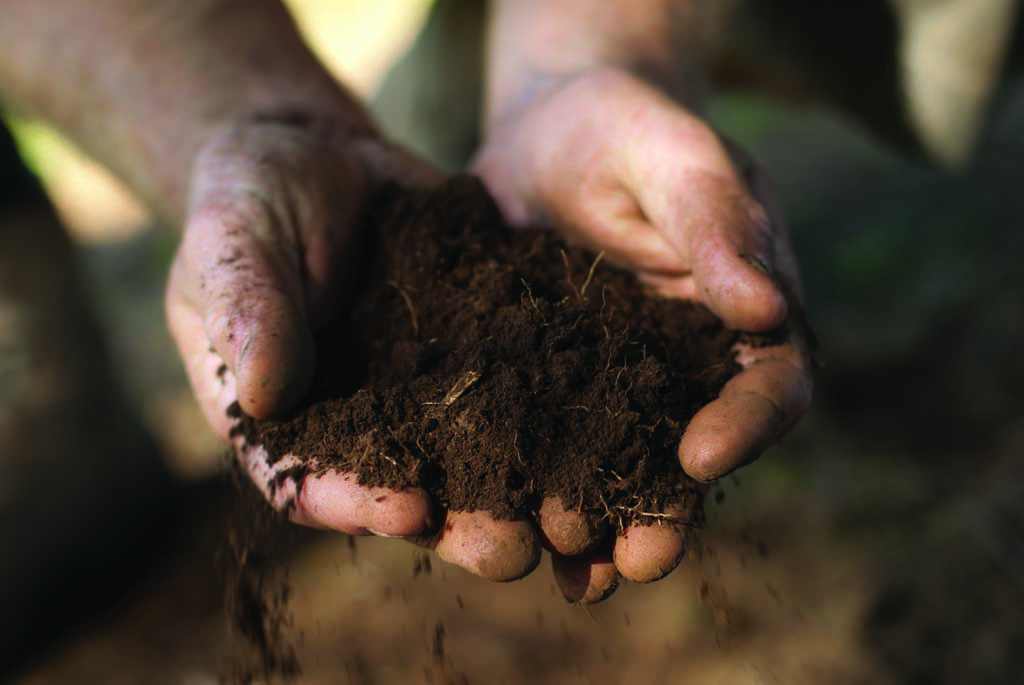
Maintaining a healthy pH level in your soil
As part of your spring lawn care, you should always test the pH levels of your lawn soil. That way, you have time to adjust it during peak growing season. It’s important to only try to amend soil pH levels during your lawn’s growing season which is typically mid-spring through to summer.
What should your lawn soil pH be
For most varieties of warm-season grasses, the ideal pH level sits between 6 – 7. Anything below this is too acidic and anything above is too alkaline.
If your soil is too acidic for your lawn variety, you can add lime or dolomite. How much you need to add to your soil will depend on if it’s a clay or sandy type of soil. To increase your pH by 1 unit (from 5 to 6 for example), you will need 150g per square metre of sandy soil and 250g for heavier clay soils.
However, if your soil’s pH is too alkaline, you can add sulphur to rectify this. To reduce your pH by 1 unit (from 8 to 7 for example), you should add 25g per square metre of sandy soil, 50g for loam soils and 100g per square metre for clay soils.
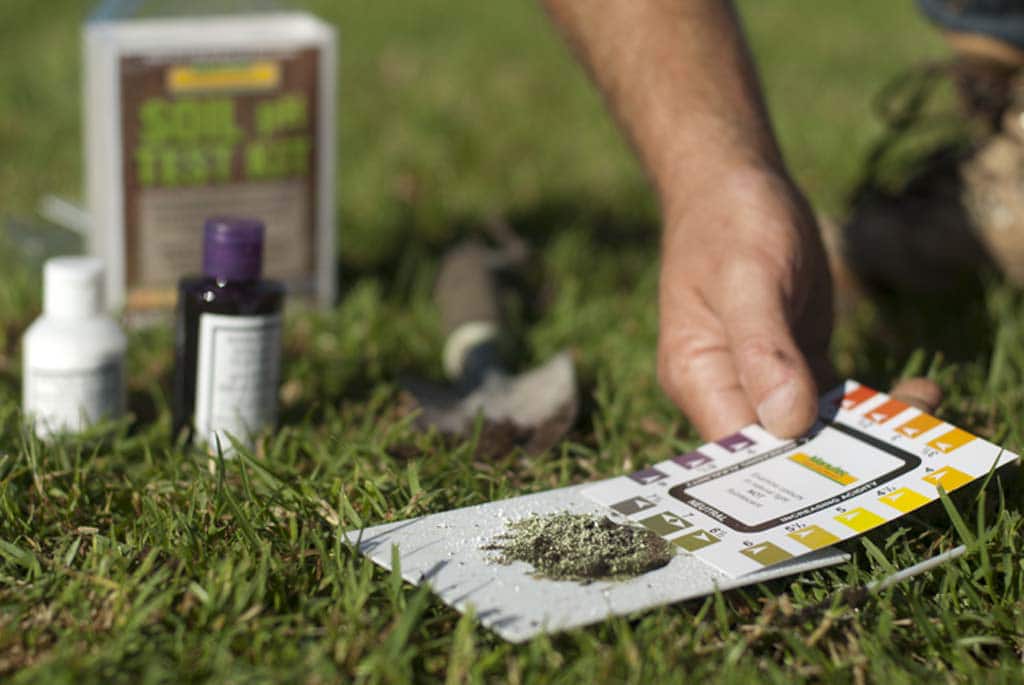
With the right soil for your lawn, your grassroots will be able to thrive. Not only will this help your lawn stay green and healthy but it will help with frost and drought tolerance too.

read more!
recent posts
How To Recover A Lawn After Flooding
Get expert tips on draining excess water, removing debris, proper mowing, fertilization, and post-recovery care to ensure a lush, green lawn
Recent Floods – Our Turf is Unaffected!
While recent floods have impacted many, our turf remains pristine and unaffected. Order today to guarantee the best for your garden!
Turf Sizes and Turf Rolls
The size of turf refers to the dimensions of the individual rolls or pieces of grass that make up your new lawn.
Soft Leaf Buffalo Grass
Find out why soft-leaf buffalo grass is such a popular lawn choice in Australia, the number 1 buffalo grass choice and how to look after a new soft-leaf buffalo lawn.

